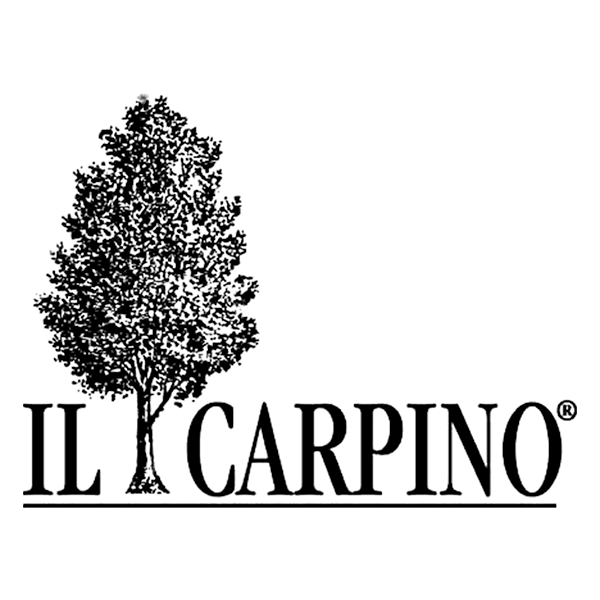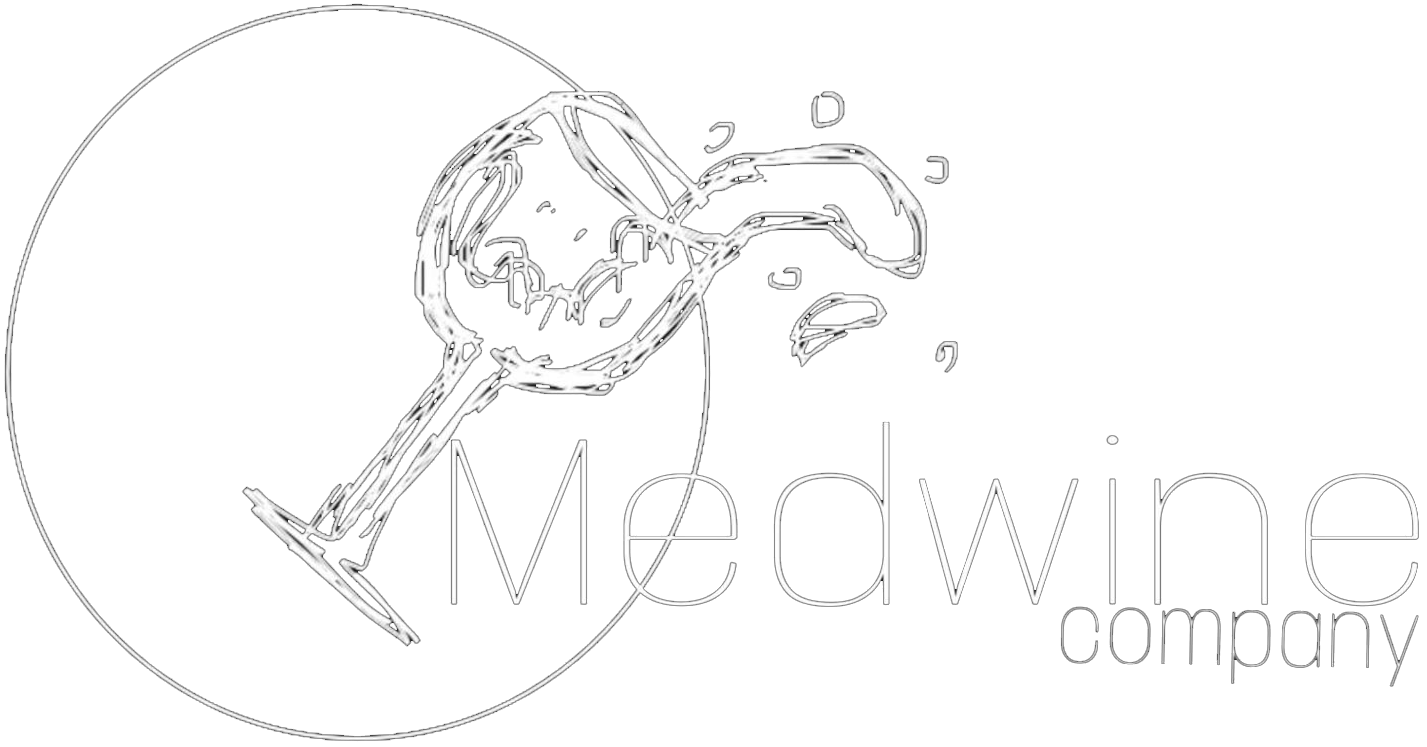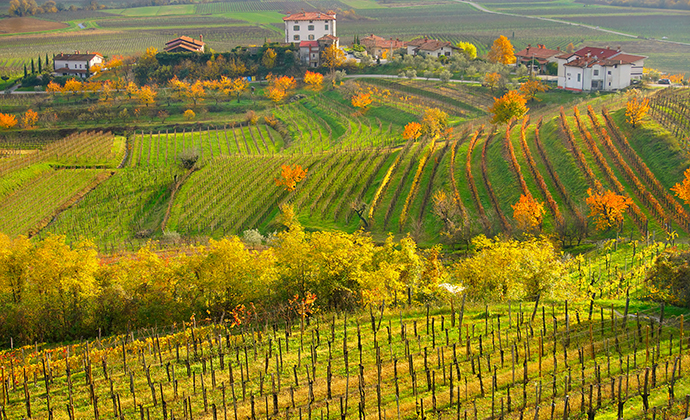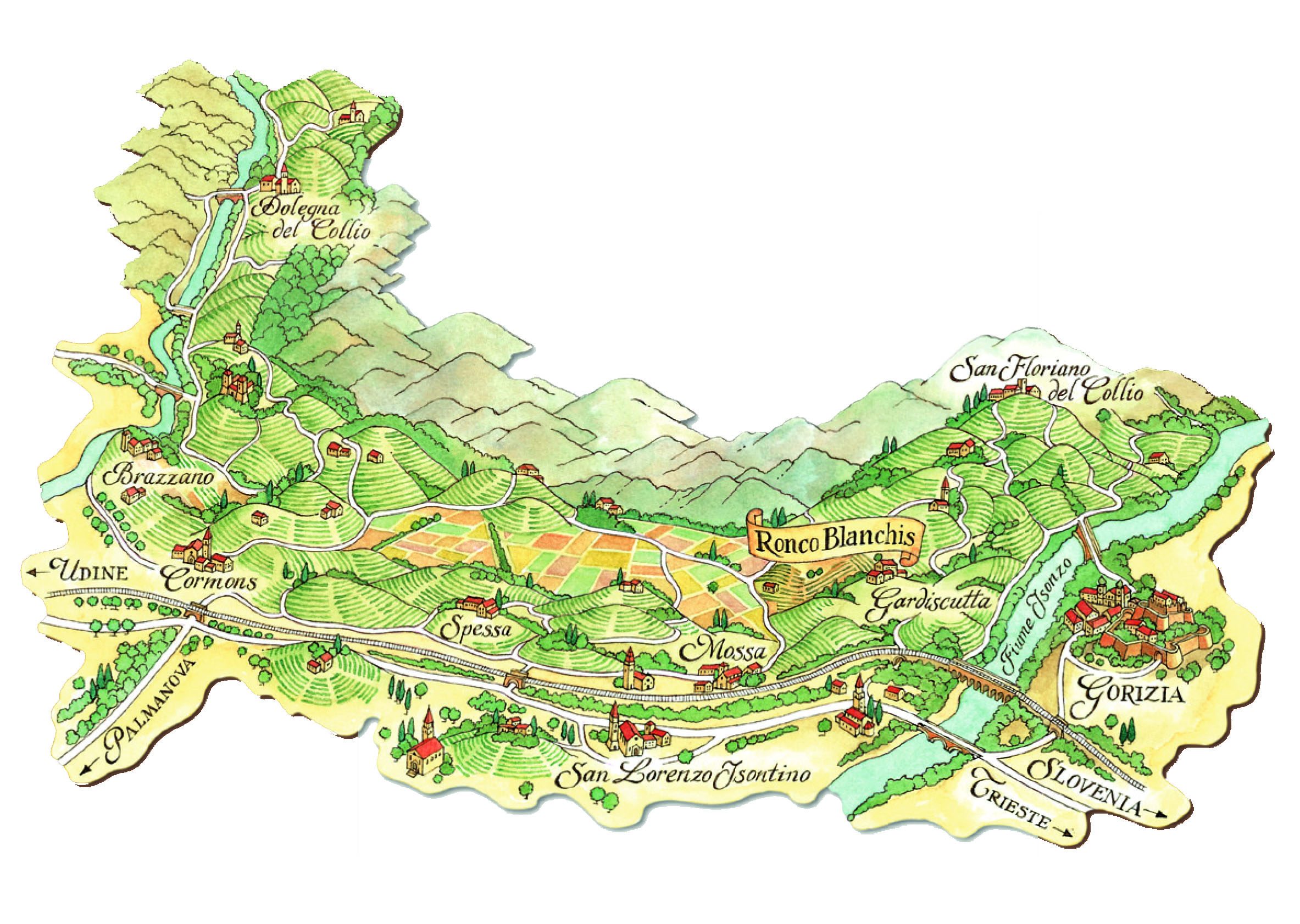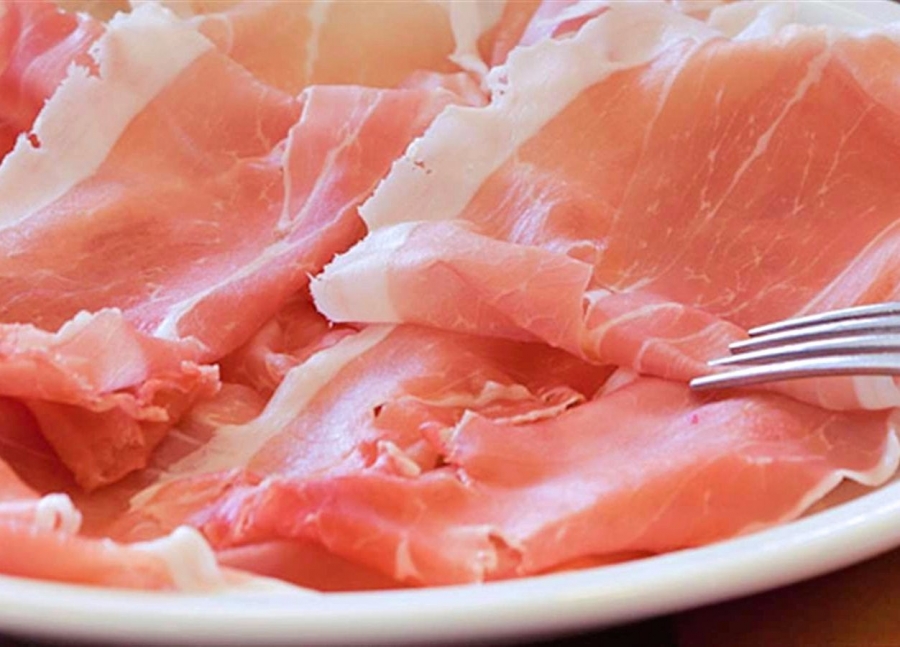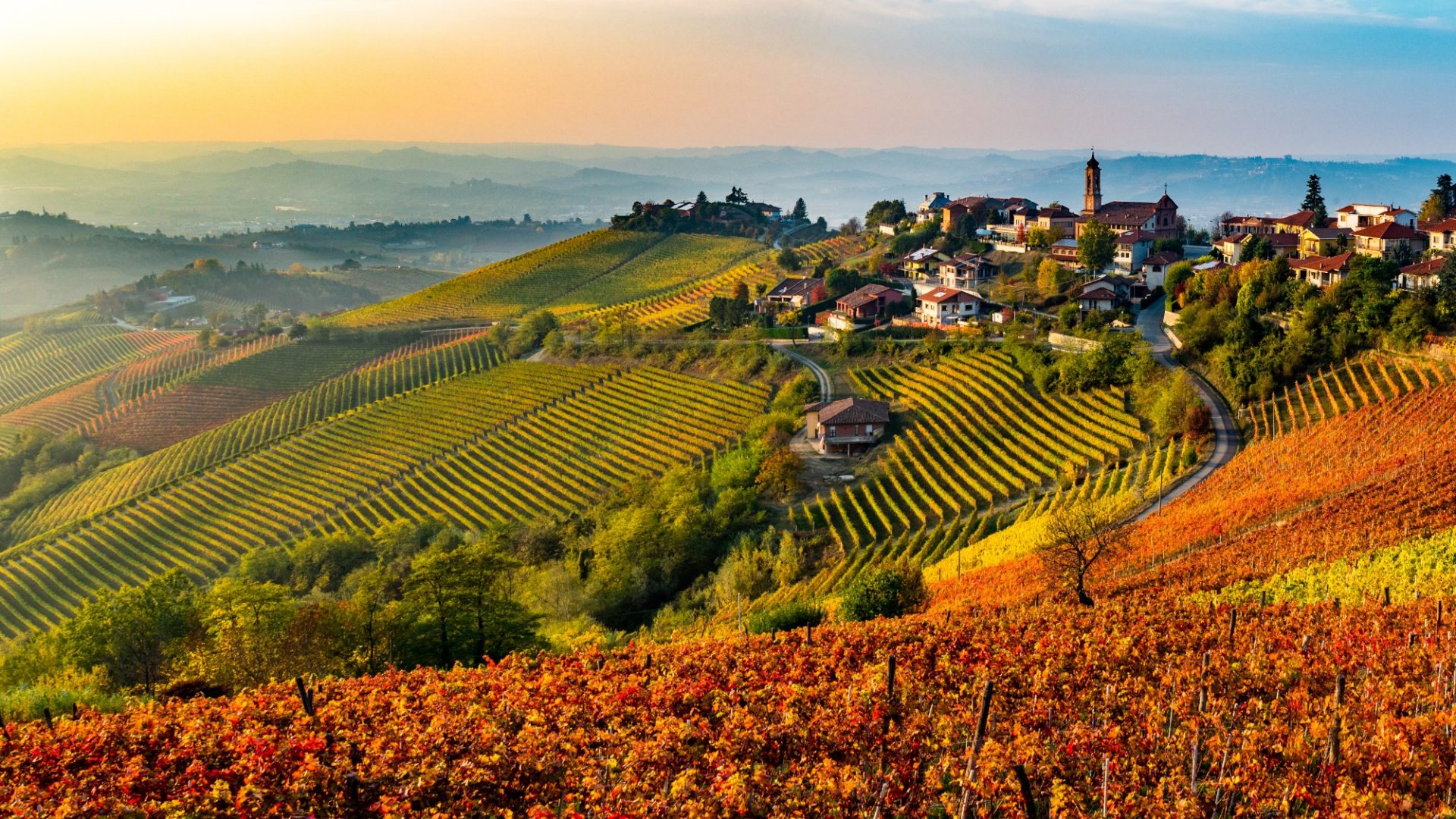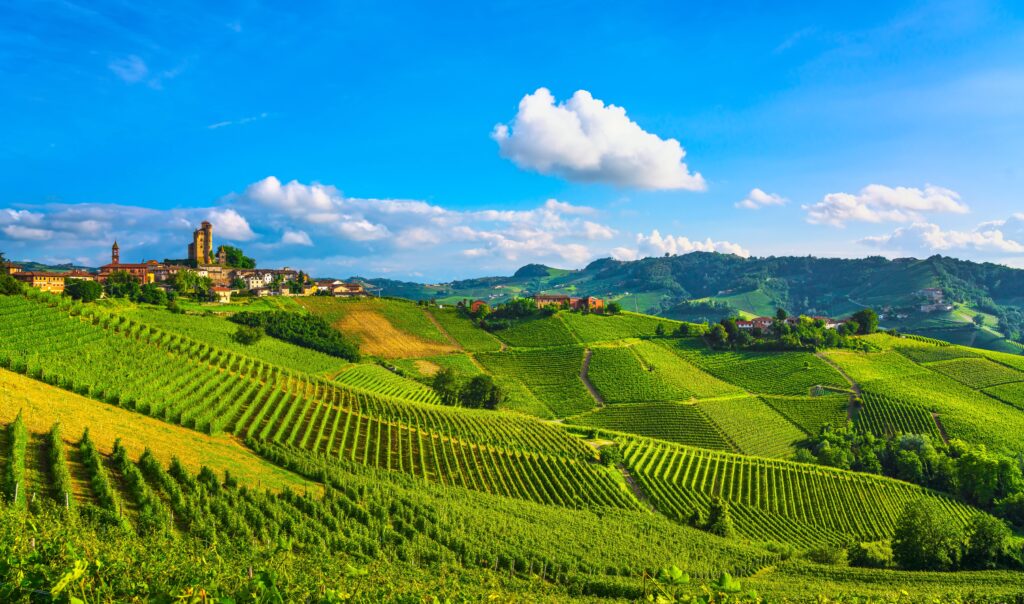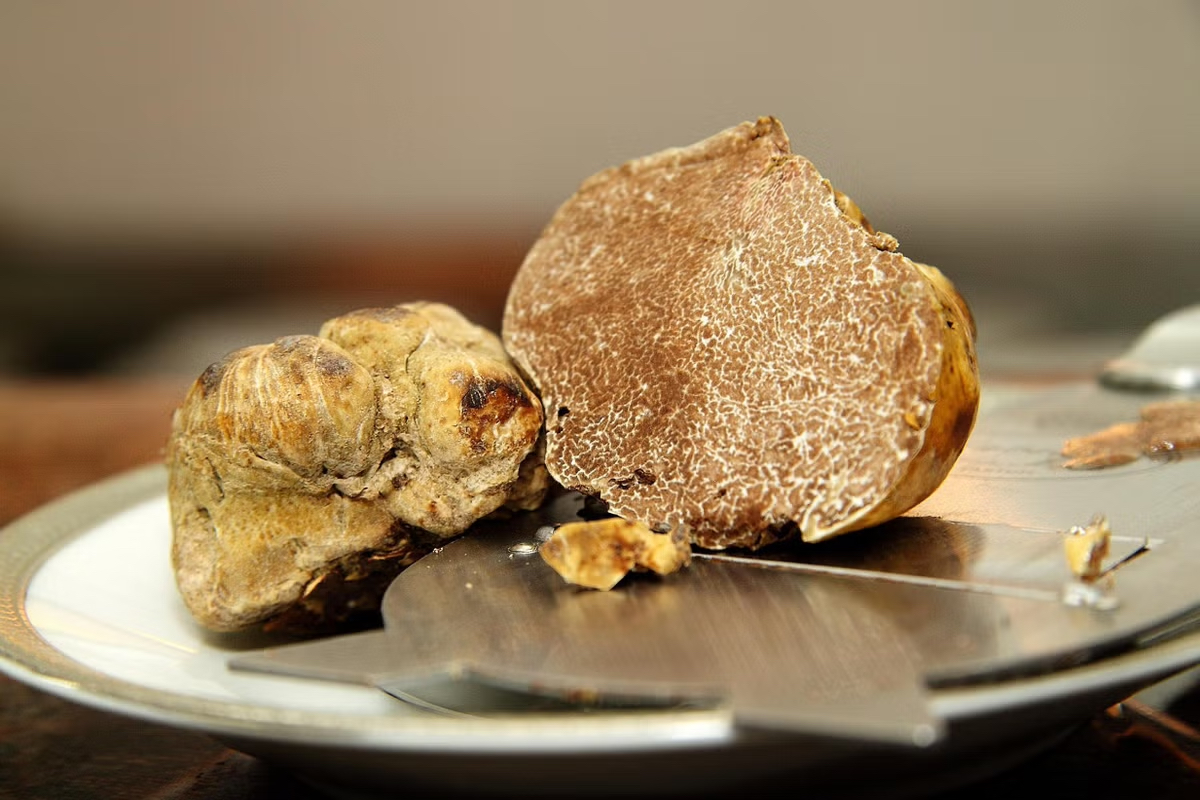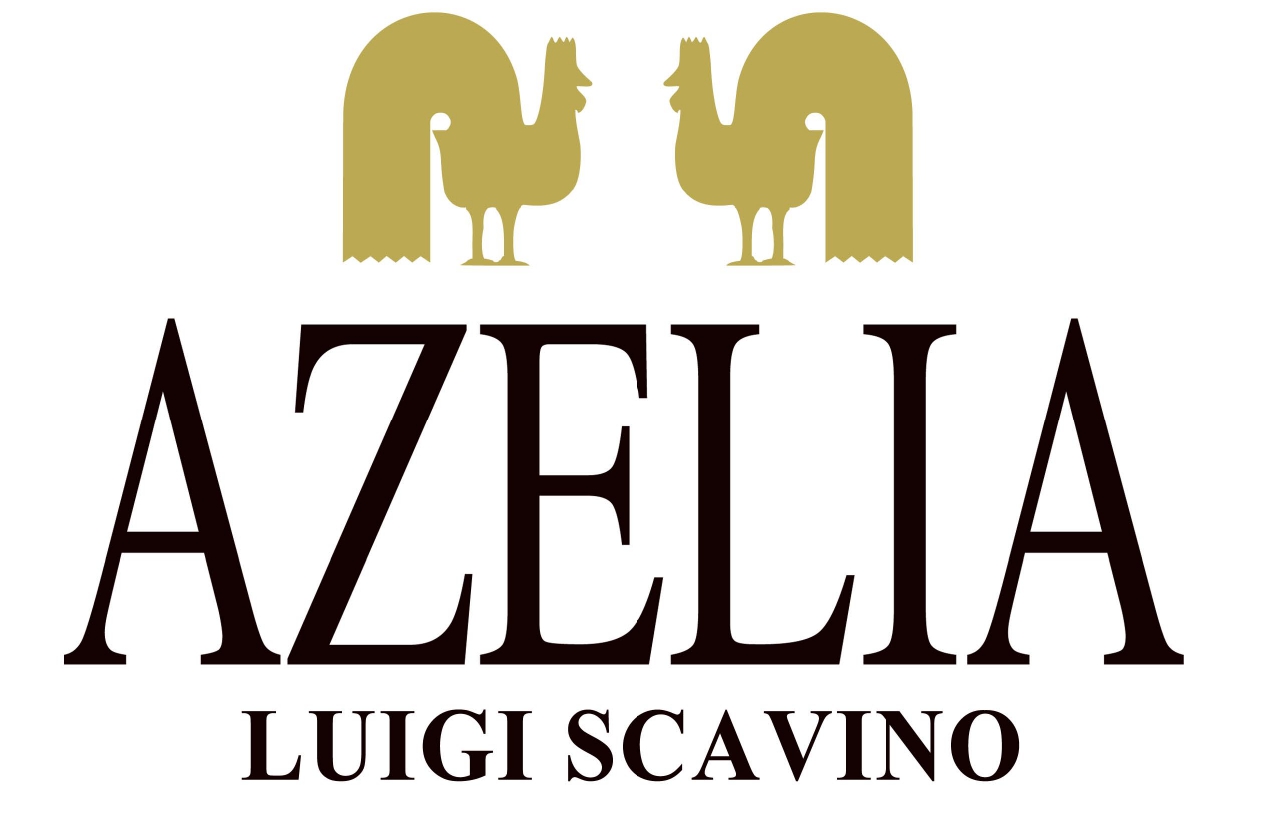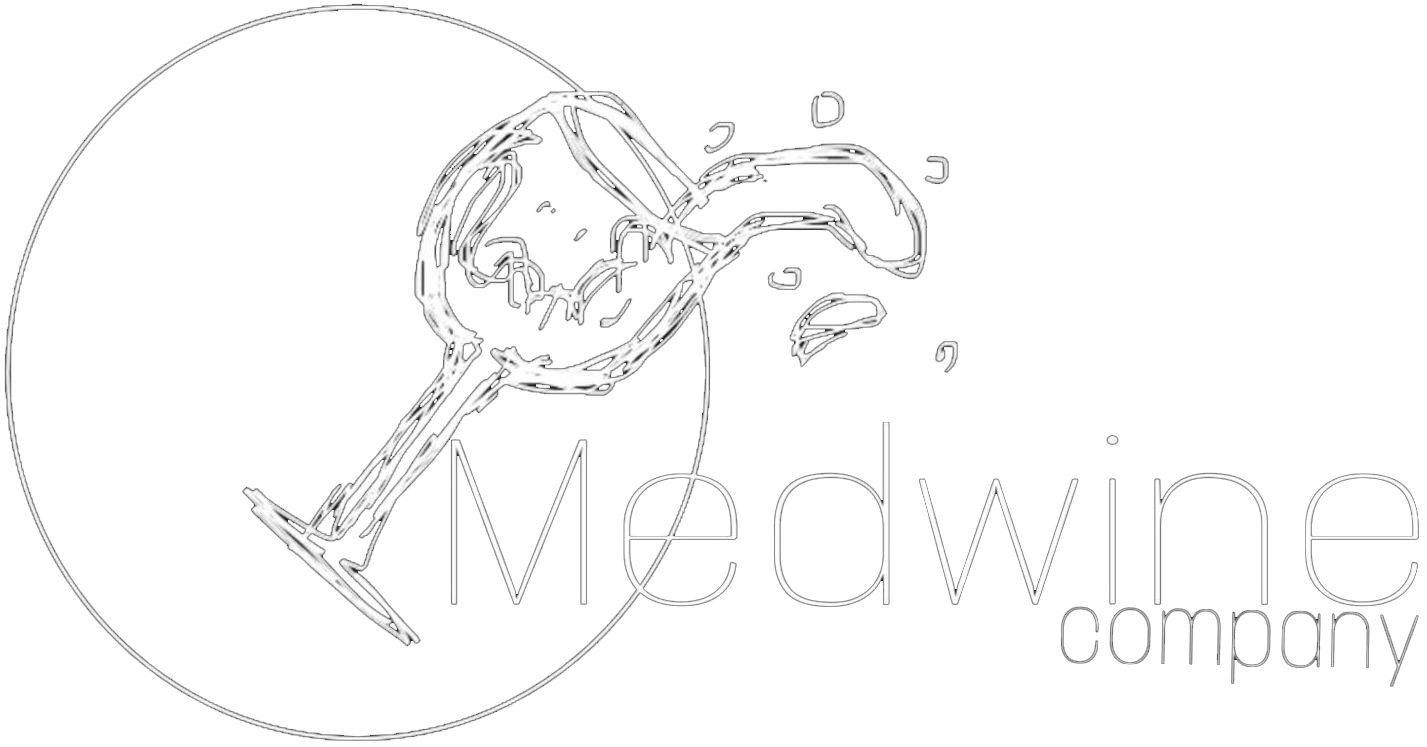COLLIO
Collio, or Collio Goriziano, is a prestigious wine region located in the Friuli-Venezia Giulia region of northeastern Italy, right at the border with Slovenia. Known for its outstanding white wines, Collio is more than just a viticultural area; it’s a confluence of history, unique geographical attributes, geology, rich culinary traditions, and, of course, its illustrious wines.
Collio, or Collio Goriziano, is a prestigious wine region located in the Friuli-Venezia Giulia region of northeastern Italy, right at the border with Slovenia. Known for its outstanding white wines, Collio is more than just a viticultural area; it’s a confluence of history, unique geographical attributes, geology, rich culinary traditions, and, of course, its illustrious wines.
History: Collio’s history is as multifaceted as its terrains. Over the centuries, it has witnessed an ebb and flow of various cultures, from the Romans to the Habsburgs, and the Venetians to the Slavs. This strategic location at the crossroads of Slavic, Germanic, and Latin cultures has bestowed Collio with a vibrant tapestry of customs, languages, and traditions. Its historical timeline, marked with wars and shifting borders, has played an instrumental role in shaping its current identity, especially in its wine and food culture.
Geography: Straddling the Italian-Slovenian border, Collio’s geography is characterized by rolling hills that gently slope from the Julian Alps down to the Adriatic Sea. This gradient creates a series of microclimates ideal for viticulture. The region benefits from the cool breezes descending from the Alps, balanced with the warm air currents from the Adriatic, ensuring a temperate climate that’s optimal for grape growing.
Geology: A significant aspect of Collio’s winemaking prowess is its distinctive geology. The soil, known locally as “ponca,” is a stratified marl and sandstone mix. This soil composition, a result of ancient sea sedimentation and tectonic shifts, is particularly porous and mineral-rich, lending the wines of Collio their unmistakable minerality and character. The vineyards are meticulously terraced, ensuring maximum sunlight exposure and optimal drainage, further enhancing the terroir-driven profile of the wines.
Food: The gastronomy of Collio is as diverse as its history. Influences from neighboring Austria, Slovenia, and Hungary converge with Italian traditions to offer a rich culinary repertoire. Dishes like frico (a crispy cheese pancake) and cjarsons (sweet and savory ravioli) highlight the region’s dairy and agricultural abundance. Prosciutto from nearby San Daniele and the sea’s bounty also feature prominently in the local cuisine, offering a delightful balance of land and sea.
Wine: Collio’s fame in the wine world primarily rests on its white wines. Crafted from varieties like Friulano, Pinot Grigio, Chardonnay, and Sauvignon Blanc, Collio’s wines are celebrated for their aromatic complexity, full-bodied structure, and pronounced minerality. Winemaking here is both an art and science, with a harmonious blend of traditional practices and modern techniques. The Collio DOC designation stands as a testament to the region’s unwavering commitment to quality and authenticity.
WINERIES
